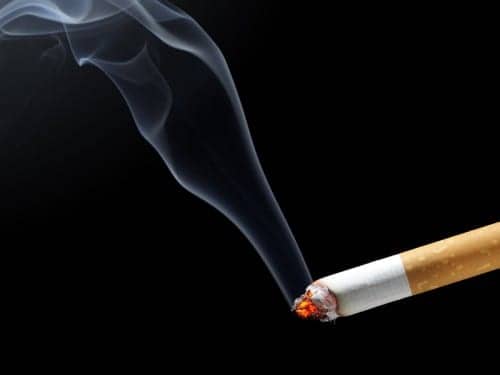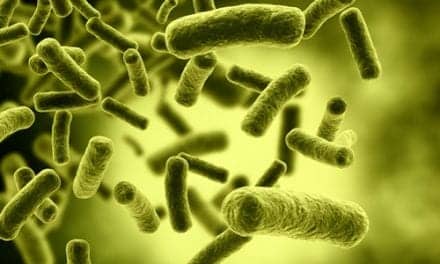San Diego State University researchers are investigating how widespread thirdhand smoke can be, and are searching for strategies to eliminate it in homes.
About 20 years ago, Dr. Georg Matt, Psychologist at SDSU, became interested in this topic while working on a smoking cessation study that determined that nicotine substances could still be detected in children of mothers who had smoked in the past, even after they stopped smoking and no one else smoked near the child. The discovery perplexed the researcher, as how were the children still being exposed to secondhand smoke?
By observing the behavior patterns in his own young children, and how involved they were in their environments, Dr. Matt discovered an answer. “Hands are sampling devices of surface in our immediate environment, as we like to say,” said Dr. Matt in a SDSU news release.
If smoked tobacco nicotine byproducts remained in the house, then it was obvious that children of former smokers were still being exposed to the less evident but dangerous substances. “Homes become reservoirs of tobacco smoke pollutants,” noted Dr. Matt. “These volatile compounds soak into the drywall; gypsum is like a bottomless pit for these toxins. Carpets are tremendous reservoirs.”
Dr. Penelope Quintana, an environmental health researcher at SDSU, clarified that people are more familiar with thirdhand smoke residue when noticing the yellowing of walls at home. Drs. Matt, Quintana, and Eunha Hoh, an environmental chemist, are currently studying thirdhand smoke in a range of environments where an unwary public might face the lasting repercussions of smoke residues: newly bought homes, rental housing units, hotel rooms rental cars, and casinos. The SDSU research team are among the leaders in thirdhand smoke research and part of the Thirdhand Smoke Research Consortium.










I purchase my home in 2009 and it did smell like smoke when I purchased it. I renovated the entire house (New kitchen, new bathrooms, resurface wooden floors, painted all walls) but I have been worrying the last 6 years if I should stay in this home or not as I do have young children 5 and 8. What should I do? Please help.